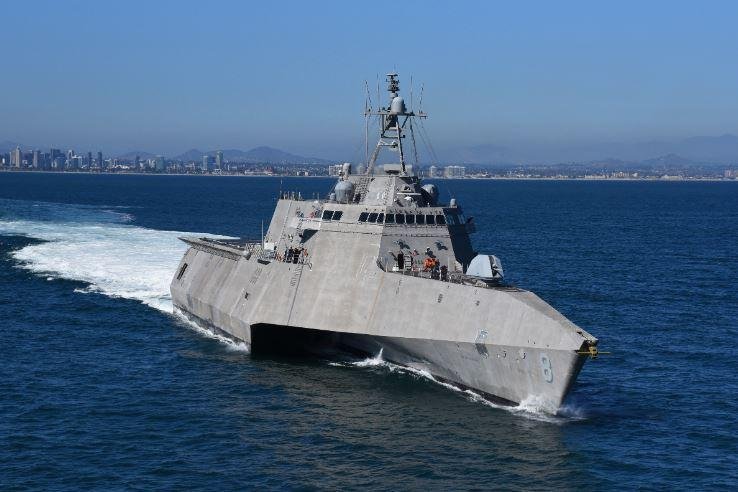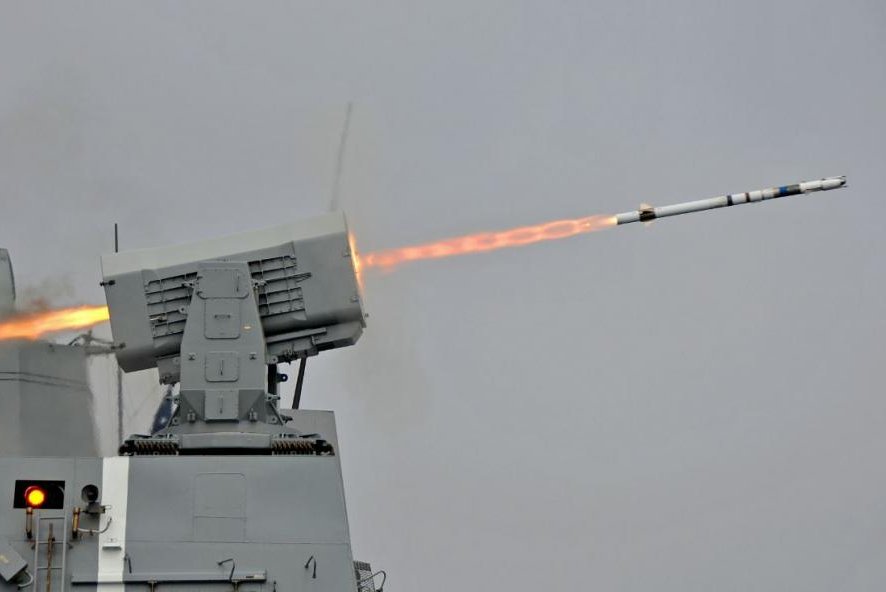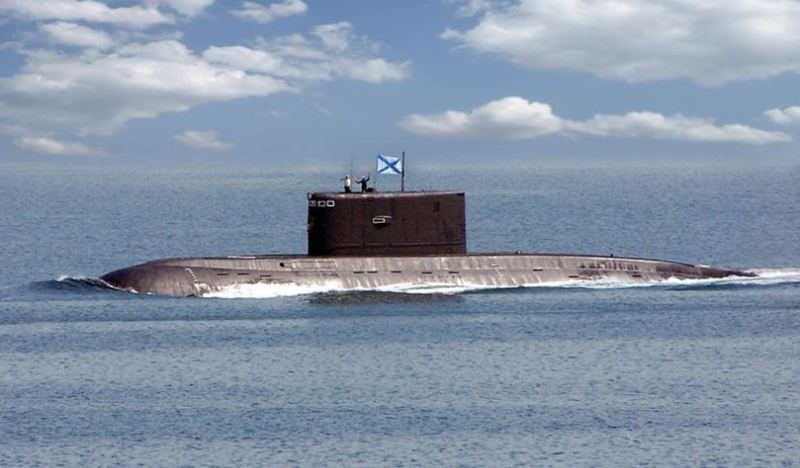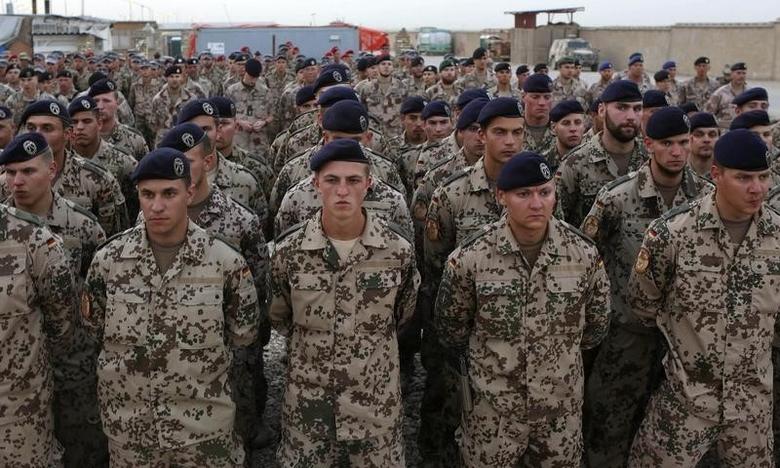Karem, Northrop, Raytheon team for Army’s future attack recon helo competition
By: Jen Judson
01 July 2019
View attachment 8921
Karem Aircraft is teaming with Raytheon and Northrop Grumman to design a Future Attack Reconnaissance Aircraft for the U.S. Army. This is a conceptual rendering of a future aircraft but is not meant to be representative of the company's design for FARA. (Artist rendering by Karem Aircraft)
WASHINGTON — Karem Aircraft has forged a team with Northrop Grumman and Raytheon to compete in the Army’s Future Attack Reconnaissance Aircraft (FARA) competition, according to a July 1 company statement.
Karem was one of five companies awarded a prototyping development contract in April.
While details are scant as to how each company will contribute to the overall design, due in January or February of 2020, the teaming announcement says the three companies together “will apply decades of combined knowledge, skills and abilities to bring the best of vehicle and systems technologies and processes to the first aircraft within the Future Vertical Lift family of systems.”
Karem is bringing its “unique active variable speed rotor technologies,” which have been developed over the last 10 years through collaboration with the Army, to the teaming effort.
The company’s experience “will be augmented with Northrop Grumman’s manned and autonomous military aircraft development, system integration, production and support expertise and Raytheon’s systems architecture, mission equipment and weapons capabilities,” the company statement adds.
While Karem competed to be one of two teams selected to build a flying aircraft for the Army’s Joint Multi-Role Technology Demonstrator (JMR TD), it was not selected. Instead, the Army awarded it a smaller technology development contract to continue to refine its unique technology.
The JMR TD program will inform a Future Long-Range Assault Aircraft (FLRAA) program of record to replace UH-60 Black Hawks and AH-64 Apache helicopters. The JMR TD program is not a head-to-head competition between the Sikorsky-Boeing SB-1 Defiant coaxial helicopter and the Bell V-280 Valor tiltrotor aircraft, but will inform the FLRAA program.
Bell and a Sikorsky-Boeing team have each built a JMR TD aircraft which is flying in that program. AVX Aircraft Co. also received a smaller technology development contract similar to Karem’s award.
The Karem-Northrop-Raytheon team will compete with an AVX-L-3 Communications Integrated Systems team, Bell, Boeing and Lockheed Martin-owned Sikorsky to provide design plans to the Army for FARA. The Army will choose just two teams to advance to build a flyable prototype, much like it did for the JMR TD program — except this time, one of those aircraft will be chosen for production.
The Army has set an ambitious schedule for FARA, with plans to fly prototypes in 2023. A production decision could happen in 2028, but the service is looking at any way possible to speed up that timeline.
Truncating the timelines for both FLRAA and FARA has been on the table for many years and the service continues to assess any way possible to bring the aircraft online faster.
With the advent of the new Army Futures Command — focused on six major modernization priorities, of which FVL is third — the service is moving faster on prototyping capability to ultimately procure major weapon systems at a somewhat unprecedented speed. Through the AFC and the use of contracting mechanisms like OTAs, the Army has found a way to compress parts of the acquisition process that previously took three-to-five years into periods of time often amounting to less than a year.
FARA is intended to fill a critical capability gap currently being addressed by the AH-64E Apache attack helicopter teamed with Shadow unmanned aircraft, following the retirement of the OH-58D Kiowa Warrior helicopters. The service has tried and failed three times to fill the gap with an aircraft.

 www.defensenews.com
www.defensenews.com
By: Jen Judson
01 July 2019
View attachment 8921
Karem Aircraft is teaming with Raytheon and Northrop Grumman to design a Future Attack Reconnaissance Aircraft for the U.S. Army. This is a conceptual rendering of a future aircraft but is not meant to be representative of the company's design for FARA. (Artist rendering by Karem Aircraft)
WASHINGTON — Karem Aircraft has forged a team with Northrop Grumman and Raytheon to compete in the Army’s Future Attack Reconnaissance Aircraft (FARA) competition, according to a July 1 company statement.
Karem was one of five companies awarded a prototyping development contract in April.
While details are scant as to how each company will contribute to the overall design, due in January or February of 2020, the teaming announcement says the three companies together “will apply decades of combined knowledge, skills and abilities to bring the best of vehicle and systems technologies and processes to the first aircraft within the Future Vertical Lift family of systems.”
Karem is bringing its “unique active variable speed rotor technologies,” which have been developed over the last 10 years through collaboration with the Army, to the teaming effort.
The company’s experience “will be augmented with Northrop Grumman’s manned and autonomous military aircraft development, system integration, production and support expertise and Raytheon’s systems architecture, mission equipment and weapons capabilities,” the company statement adds.
While Karem competed to be one of two teams selected to build a flying aircraft for the Army’s Joint Multi-Role Technology Demonstrator (JMR TD), it was not selected. Instead, the Army awarded it a smaller technology development contract to continue to refine its unique technology.
The JMR TD program will inform a Future Long-Range Assault Aircraft (FLRAA) program of record to replace UH-60 Black Hawks and AH-64 Apache helicopters. The JMR TD program is not a head-to-head competition between the Sikorsky-Boeing SB-1 Defiant coaxial helicopter and the Bell V-280 Valor tiltrotor aircraft, but will inform the FLRAA program.
Bell and a Sikorsky-Boeing team have each built a JMR TD aircraft which is flying in that program. AVX Aircraft Co. also received a smaller technology development contract similar to Karem’s award.
The Karem-Northrop-Raytheon team will compete with an AVX-L-3 Communications Integrated Systems team, Bell, Boeing and Lockheed Martin-owned Sikorsky to provide design plans to the Army for FARA. The Army will choose just two teams to advance to build a flyable prototype, much like it did for the JMR TD program — except this time, one of those aircraft will be chosen for production.
The Army has set an ambitious schedule for FARA, with plans to fly prototypes in 2023. A production decision could happen in 2028, but the service is looking at any way possible to speed up that timeline.
Truncating the timelines for both FLRAA and FARA has been on the table for many years and the service continues to assess any way possible to bring the aircraft online faster.
With the advent of the new Army Futures Command — focused on six major modernization priorities, of which FVL is third — the service is moving faster on prototyping capability to ultimately procure major weapon systems at a somewhat unprecedented speed. Through the AFC and the use of contracting mechanisms like OTAs, the Army has found a way to compress parts of the acquisition process that previously took three-to-five years into periods of time often amounting to less than a year.
FARA is intended to fill a critical capability gap currently being addressed by the AH-64E Apache attack helicopter teamed with Shadow unmanned aircraft, following the retirement of the OH-58D Kiowa Warrior helicopters. The service has tried and failed three times to fill the gap with an aircraft.

Karem, Northrop, Raytheon team for Army’s future attack recon helo competition
Karem Aircraft is teaming up with Raytheon and Northrop Grumman to design a Future Attack Reconnaissance Aircraft as part of a competition that will see prototypes fly by 2023.











